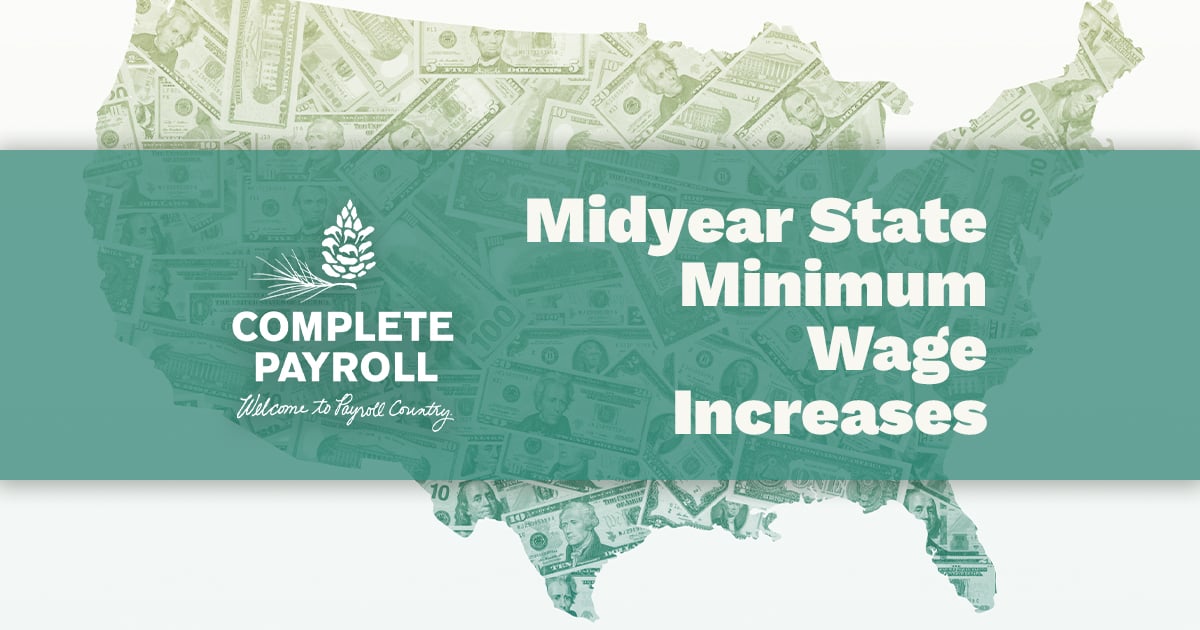When it comes to filing Certified Payroll with the U.S. Department of Labor, there are a lot of ways that little mistakes could have big consequences. These consequences can be anything from costing your company some money to hurting your chances of getting federally-funded construction contracts. At its most dire, filing inaccurate Certified Payroll documents could lead to federal prosecution and imprisonment.
Bottom line: filing accurate Certified Payroll documents with the federal government for your job is essential.
If you’re wondering what some of the most common mistakes are so you can avoid them, here is our list below:
1. Being unclear if you are required to complete Certified Payroll
When it comes to Certified Payroll, construction is the industry that incurs the most penalties from filing inaccurate Certified Payroll documentation. That’s why if you are in the construction industry and you aren’t sure if you have to file, you should look into it to be safe.
If you employ contractors to complete a federally-funded construction contract, you are more likely than not to be required to submit a weekly WH-347 form. Depending on your state’s laws and regulations, you may also be required to submit additional payroll reporting.
The Davis-Bacon Act requires contractors to pay not less than the prevailing wage, including fringe benefits, as predetermined by the Department of Labor. The contractor’s obligation to pay fringe benefits may be met either by payment of the fringe benefits to bona fide benefit plans, funds, or programs or by making payments to the covered workers (laborers and mechanics) as cash in lieu of fringe benefits.
How to Avoid This Mistake
Know that the ins and outs of Certified Payroll are confusing and sometimes difficult. It’s important to have a handle on the situation by communicating with the U.S. Department of Labor or talk with a payroll specialist that has experience in working with Certified Payroll and what is required.
2. Assuming Certified Payroll is the same in every state.
The Davis-Bacon Act that governs Certified Payroll may be a federal law, but each state has its own policies and governing principles as well. If your employees span across multiple states, you also need to be familiar with how requirements differ from state to state.
Some states have prevailing wage laws that have different requirements. Some of these differences include:
- Some states are triggered at a higher dollar amount than others
- Some states have lower thresholds than the federal government
- Some states, like California, require contractors to be registered with the state
How to Avoid This Mistake:
Staying in compliance is really about staying up-to-date on all laws and regulations. If you use software for your company’s payroll, make sure it is up-to-date on laws governing Certified Payroll. If your experience is limited, you may also consider outsourcing the work to a third party that has specific expertise in staying compliant with the Davis-Bacon and Related Acts.
3. Being too dependent on software to handle it all
We know, we know. We think software is great, too. If it’s properly integrated, it can make your job so much easier and you will have extra time to devote to other responsibilities within the company. Whether you’re a small business or a major corporation, good payroll software can be a lifesaver.
At the end of the day, though, software cannot compensate for human error. And if the person who is responsible for the software doesn’t know the first thing about Certified Payroll because the software is supposed to know it all, mistakes will happen. Also, beware of being too dependent on open source software or something that seems vastly cheaper than the others you price. These typically lack the support needed to keep you out of trouble.
How to Avoid This Mistake
Remember that software is a tool, and tools are only as good as the person using them. Even top-of-the-line software needs someone knowledgeable in all things Certified Payroll operating it to make sure you are staying in compliance.
4. Making mistakes on your WH-347 form
Filling out the WH-347 form can be stressful because of the multiple ways you can mess up when doing so. Make sure you have a highly detail-oriented person taking on this task to avoid some of the common mistakes made when filling it out such as:
- Using a reporting system that is not compliant with Form WH-347. A compliant reporting system will include all the required information such as the name and address of the contractor, the last day of the payroll period, any overtime accrued, the rate of pay, and the dates and days of the pay period.
- Numbering payrolls out of order. It is required that a sequential numbering system is used for payroll. This system is based on the weeks laborers worked.
- Not including the project number. Data is difficult to track without the contract project number. This data from Certified Payroll is necessary to ensure compliance.
- Excluding a signature. The form is not official until it's been signed by the contractor. Forgetting a signature means the form cannot be certified and reviewed by the appropriate agency.
How to Avoid This Mistake
Make sure the person who is in charge of filling out your WH-347 is not only experienced in the task but has a good eye for detail. Also, make sure to check and double-check the form before submitting it to make sure it’s complete and accurate.
5. Not properly training or supporting the person responsible for Certified Payroll
Even if you’re familiar with all the state and federal laws that govern Certified Payroll, you can still get lost in the weeds. From prevailing wages to recordkeeping rules, there is a lot to know and apply.
Improper training for this payroll employee is not more stressful for the employee, but it can end up costing your company dearly. Mistakes are easy to make when it comes to Certified Payroll, and not fully supporting the person in charge can lead to many that could lead to fines and penalties for the company being out of compliance.
Additionally, your company could also lose money in the number of staff hours it takes for improperly trained employees to work their way through unfamiliar forms. Someone experienced is going to have an easier time filling it out quickly and correctly.
How to Avoid This Mistake
Ensure your employees are properly trained in all things Certified Payroll by making training courses or programs mandatory. Or, consider outsourcing your payroll altogether to a company that has vast expertise in the area and can promise accuracy and timeliness every step of the way.
Complete Payroll can be that company for you. We have the knowledge you’re looking for when it comes to the Certified Payroll needs of construction companies who work with federal contracts. We can help you stay compliant with our up-to-date knowledge of every aspect of state and federal laws that govern Certified Payroll. Contact us today to discuss how we can start taking some of the stress off your shoulders.
















-Apr-28-2022-08-16-35-68-AM.jpg?width=1920&name=Complete%20Payroll%20Blog%20Photo%20(2)-Apr-28-2022-08-16-35-68-AM.jpg)
 Get Instant Blog Notifications
Get Instant Blog Notifications


